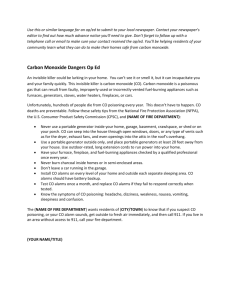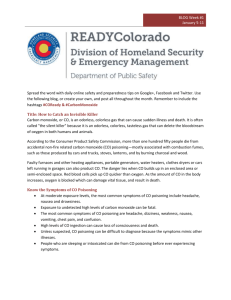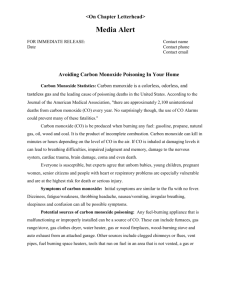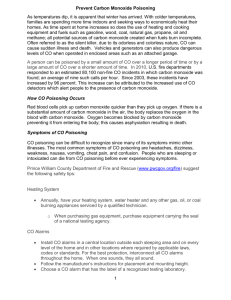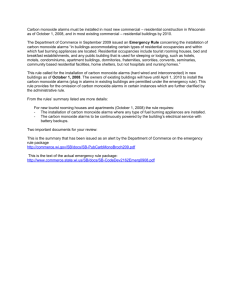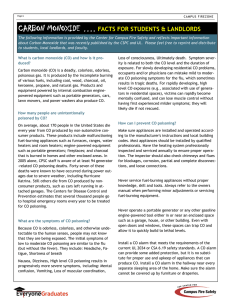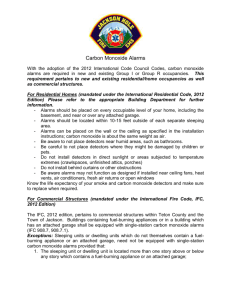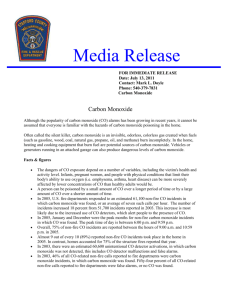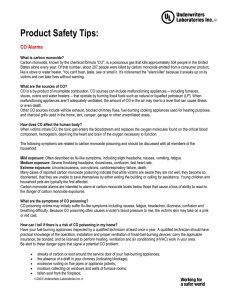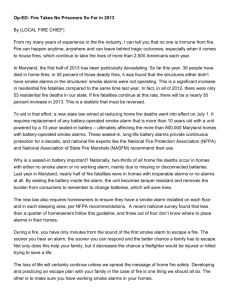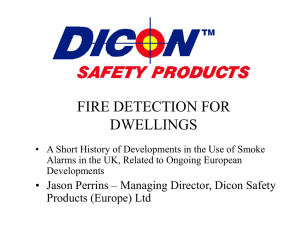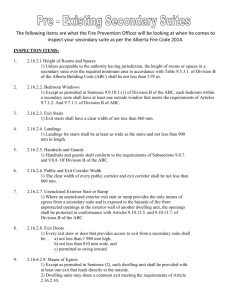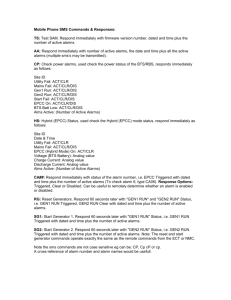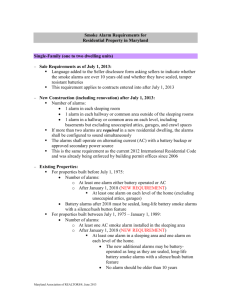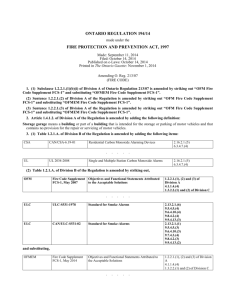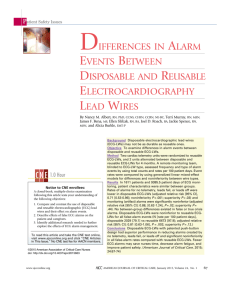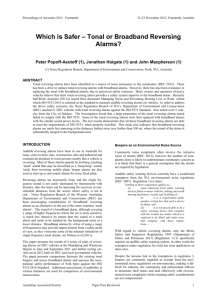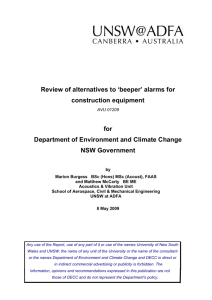What is carbon monoxide?
advertisement
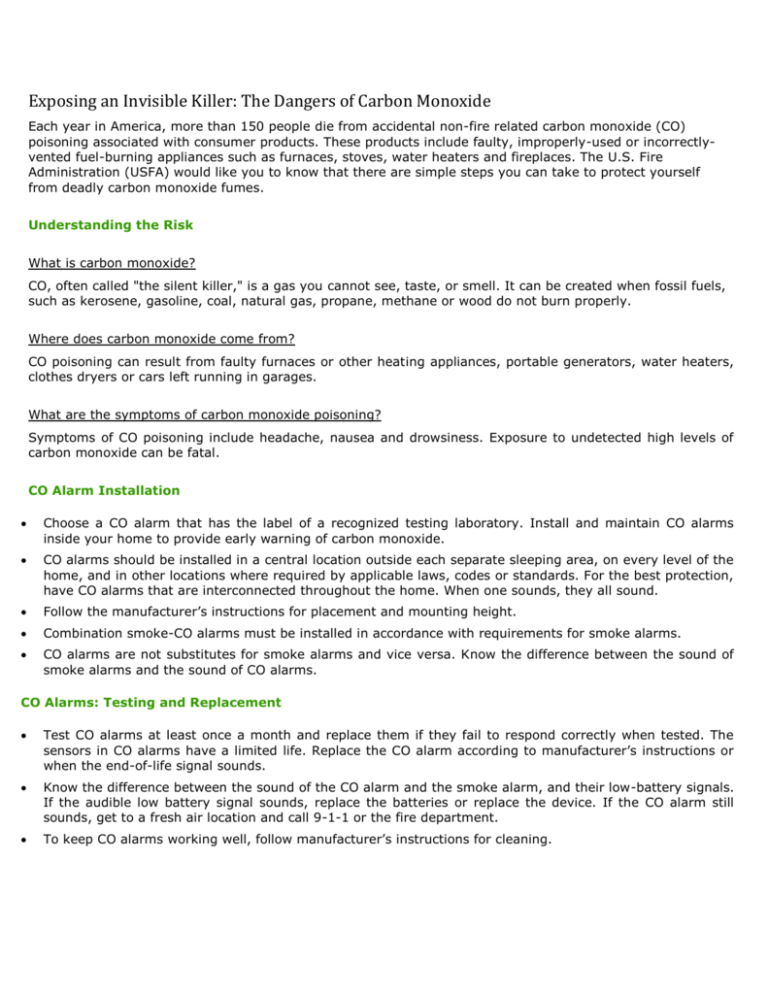
Exposing an Invisible Killer: The Dangers of Carbon Monoxide Each year in America, more than 150 people die from accidental non-fire related carbon monoxide (CO) poisoning associated with consumer products. These products include faulty, improperly-used or incorrectlyvented fuel-burning appliances such as furnaces, stoves, water heaters and fireplaces. The U.S. Fire Administration (USFA) would like you to know that there are simple steps you can take to protect yourself from deadly carbon monoxide fumes. Understanding the Risk What is carbon monoxide? CO, often called "the silent killer," is a gas you cannot see, taste, or smell. It can be created when fossil fuels, such as kerosene, gasoline, coal, natural gas, propane, methane or wood do not burn properly. Where does carbon monoxide come from? CO poisoning can result from faulty furnaces or other heating appliances, portable generators, water heaters, clothes dryers or cars left running in garages. What are the symptoms of carbon monoxide poisoning? Symptoms of CO poisoning include headache, nausea and drowsiness. Exposure to undetected high levels of carbon monoxide can be fatal. CO Alarm Installation Choose a CO alarm that has the label of a recognized testing laboratory. Install and maintain CO alarms inside your home to provide early warning of carbon monoxide. CO alarms should be installed in a central location outside each separate sleeping area, on every level of the home, and in other locations where required by applicable laws, codes or standards. For the best protection, have CO alarms that are interconnected throughout the home. When one sounds, they all sound. Follow the manufacturer’s instructions for placement and mounting height. Combination smoke-CO alarms must be installed in accordance with requirements for smoke alarms. CO alarms are not substitutes for smoke alarms and vice versa. Know the difference between the sound of smoke alarms and the sound of CO alarms. CO Alarms: Testing and Replacement Test CO alarms at least once a month and replace them if they fail to respond correctly when tested. The sensors in CO alarms have a limited life. Replace the CO alarm according to manufacturer’s instructions or when the end-of-life signal sounds. Know the difference between the sound of the CO alarm and the smoke alarm, and their low-battery signals. If the audible low battery signal sounds, replace the batteries or replace the device. If the CO alarm still sounds, get to a fresh air location and call 9-1-1 or the fire department. To keep CO alarms working well, follow manufacturer’s instructions for cleaning. CO Precautions Have fuel-burning heating equipment (fireplaces, furnaces, water heaters, wood stoves, coal stoves, space heaters and portable heaters) and chimneys inspected by a professional every year. Open the damper for proper ventilation before using a fireplace. Never use your oven or stovetop to heat your home. The CO gas might kill people and pets. When purchasing new heating and cooking equipment, select products tested and labeled by a recognized testing laboratory. Make sure all fuel-burning vented equipment is vented to the outside to avoid CO poisoning. Keep the venting for exhaust clear and unblocked. If you need to warm a vehicle, remove it from the garage immediately after starting it. Never run a vehicle or other fueled engine or motor indoors, even if garage doors are open. Make sure the exhaust pipe of a running vehicle is not blocked with snow, ice or other materials. The CO gas might kill people and pets. Make sure vents for the dryer, furnace, stove and fireplace are clear of snow and other debris. Only use barbecue grills outside, away from all doors, windows, vents and other building openings. Some grills can produce CO gas. Never use grills inside the home or the garage, even if the doors are open. Use portable generators outdoors in well-ventilated areas away from all doors, windows, vents and other building openings to prevent exhaust fumes from entering the home. If Your CO Alarm Sounds Immediately move to a fresh air location (outdoors or by an open window or door). Make sure everyone inside the home is accounted for. Call 9-1-1 or the fire department from a fresh air location (outdoors or by an open window). Remain at a fresh air location until emergency personnel arrive to assist you.
